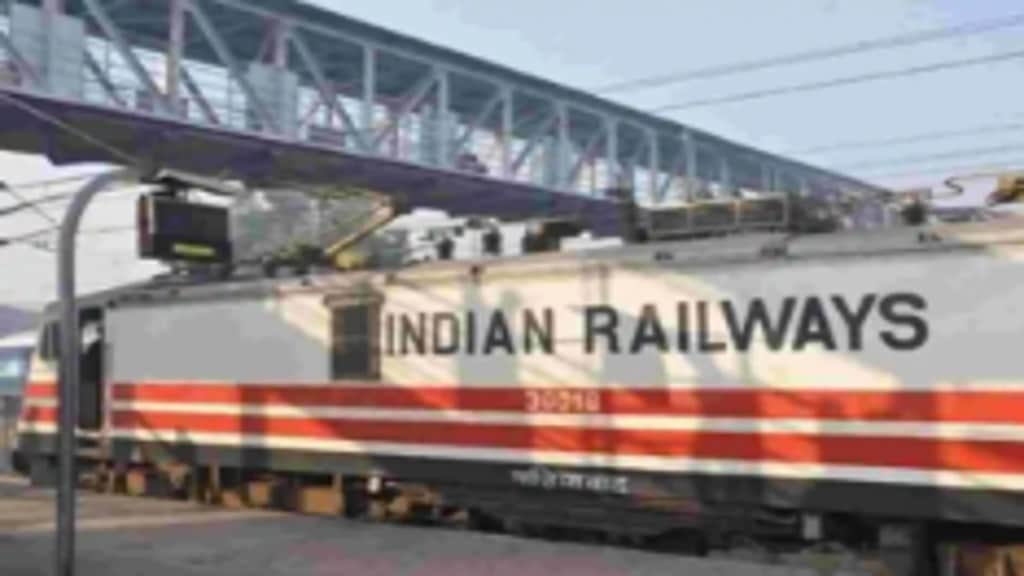Indian Railways(IR) is on course to achieve the highest-ever freight revenues and freight loading in FY25. In the first quarter of FY25, for instance, the national transporter carried goods worth Rs 44,104 crore, 5.4% higher than in the corresponding period last year. The freight loading too jumped 5% year-on-year in the three months to June 2024. As per the Budget estimates, the railways is targeting freight revenue and freight loading growth of 6.5% and 4.4% in FY25, respectively.
“It’s a decent growth rate. The dedicated freight corridors, especially the western DFC, has been contributing towards growth in specific segments like container traffic. Having said that, the roads are also getting better, and the upcoming Delhi-Mumbai expressway project is likely to be a game-changer for the freight sector. For railways to maintain this kind of growth, the freight charges has to come down,” said an analyst at a brokerage.
Even though transporting goods via rail is cost-effective, competition from the roads segment is keen due to its last-mile connectivity, access to more destinations, flexible transit times, and better tracking facilities. Among different forms of transportation, the freight movement cost via rail is the second-lowest at Rs 1.36 per tonne per km and the highest via roads, at Rs 2.5 per tonne per km. The cost of transporting goods by water is the lowest at Rs 1.06 per tonne per km.
Over the past few years, the railways has been focussing on the “Hungry For Cargo” initiative which has improved the service delivery at competitive prices. This has resulted in new traffic coming from both conventional and non-conventional commodity streams. However, experts said that IR has to look beyond commodities to drive future growth, including increasing share in high-margin containers traffic.
At present, the railways are very dependent on the coal segment which accounts for about 50% of the rail’s freight loading and revenues. “This may have serious implications for the overall revenue from freight operations in future, when less coal would be transported with the phasing out of coal- based thermal power plants,” said the TERI report.
Besides, the railways is targeting a 45% modal share in freight transportation by 2030 from about 27% currently, as per the national rail plan. The idea behind increasing the share of rail is to bring down the overall logistics costs which have wide-ranging economic benefits such as lower inflation and improved consumption.
A 2023 report by NITI Aayog said that the railways has been losing freight share to other competitive and flexible modes such as the roads over the years. “High logistics cost remains a challenge for the business community in the country. Estimated at 14% of the GDP, the logistics cost is one of the highest compared to many developed countries. Based on studies, the country’s savings would be $50 billion if this cost comes down to 9% and would lower many products’ prices, the report said.
